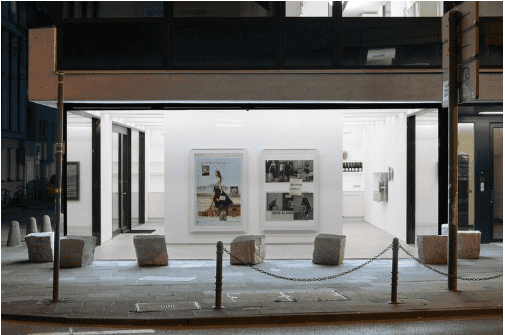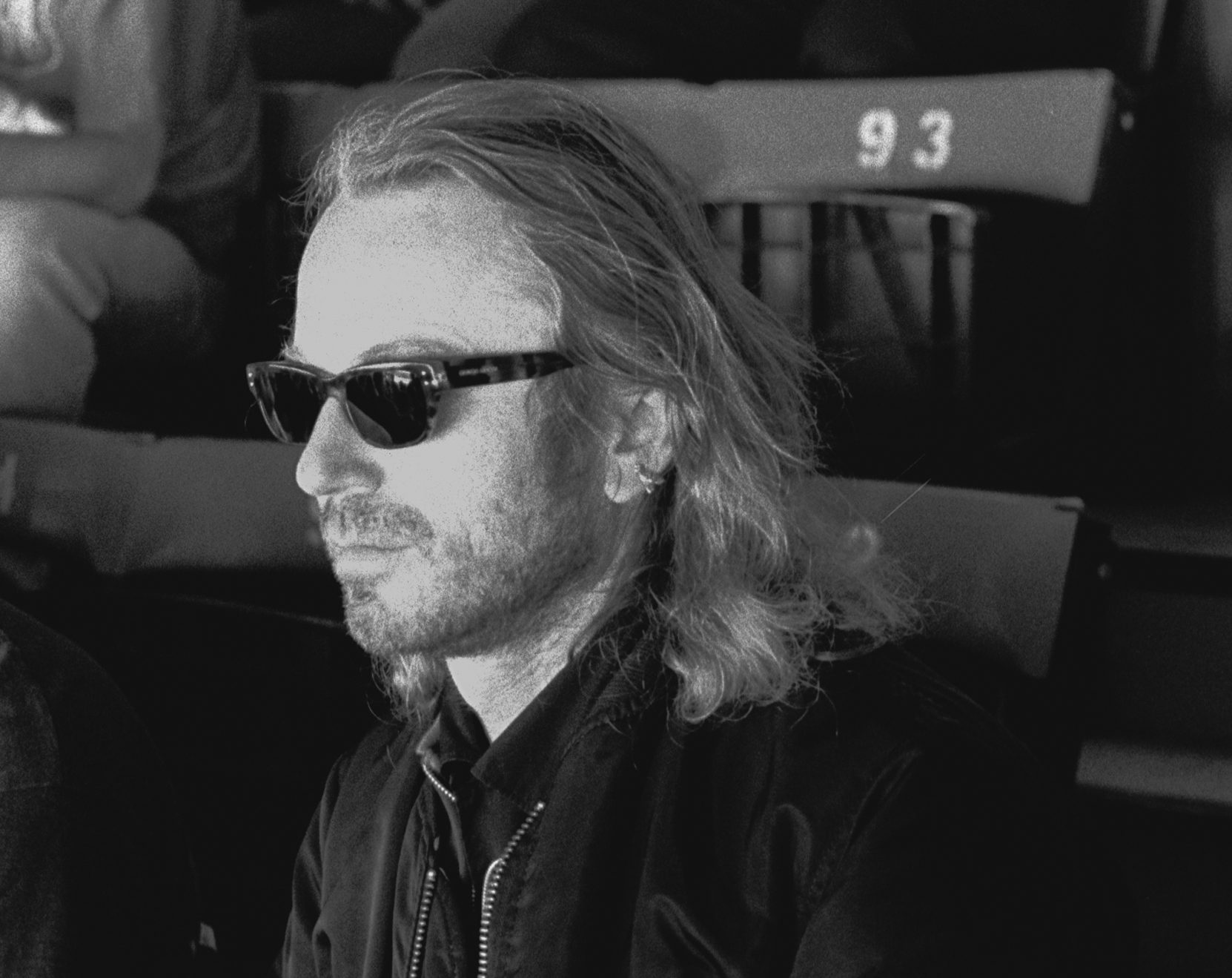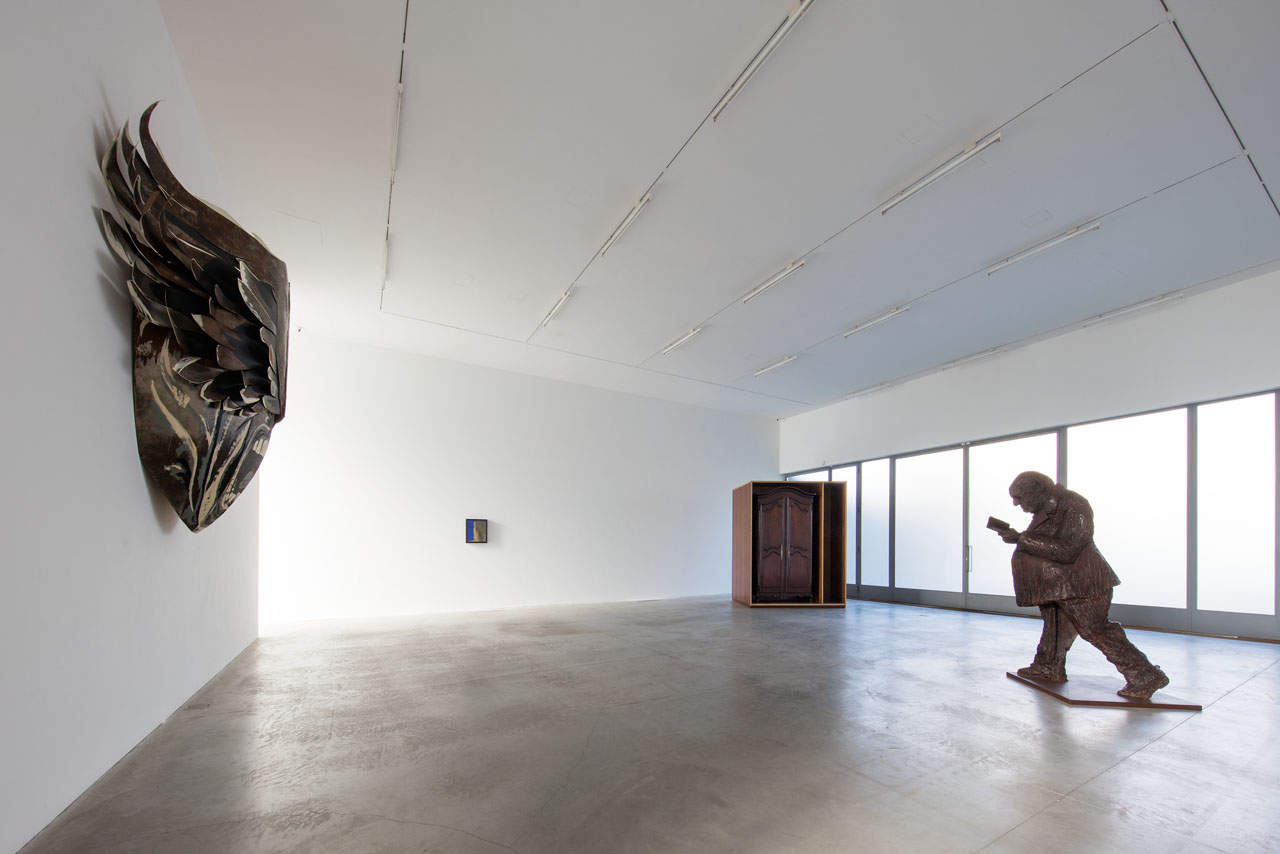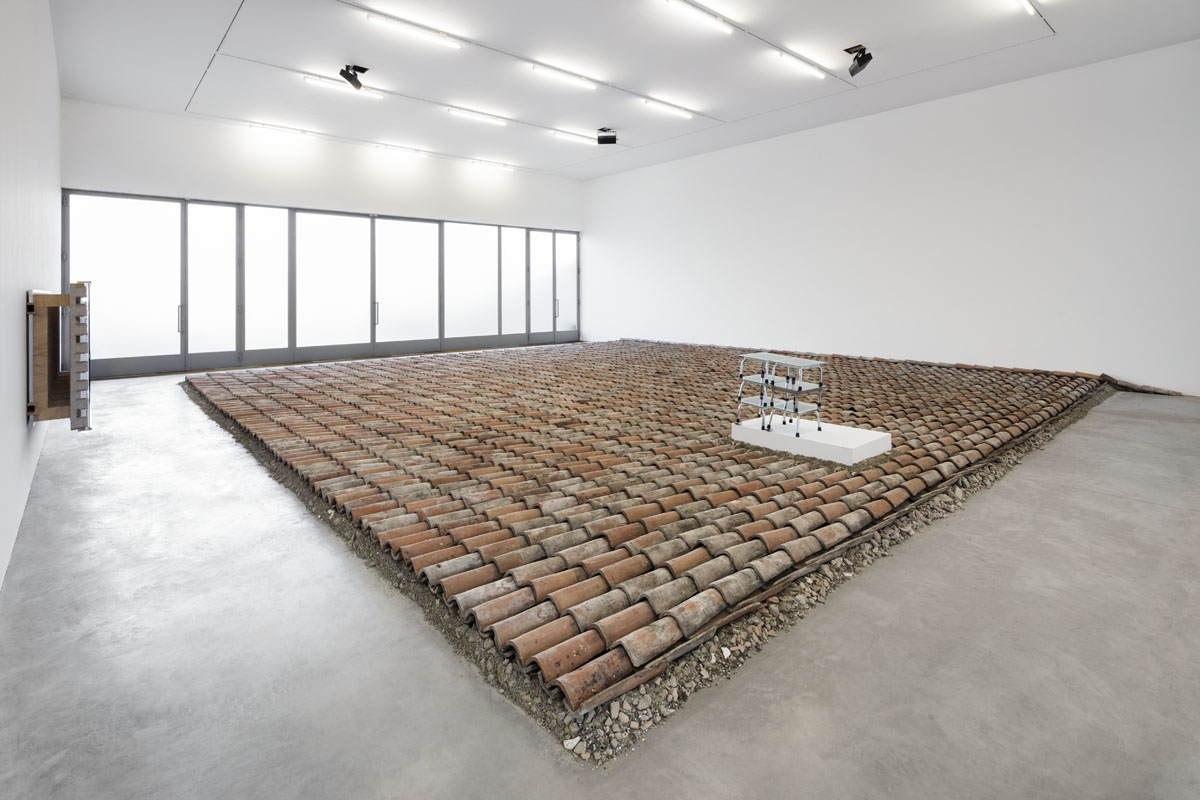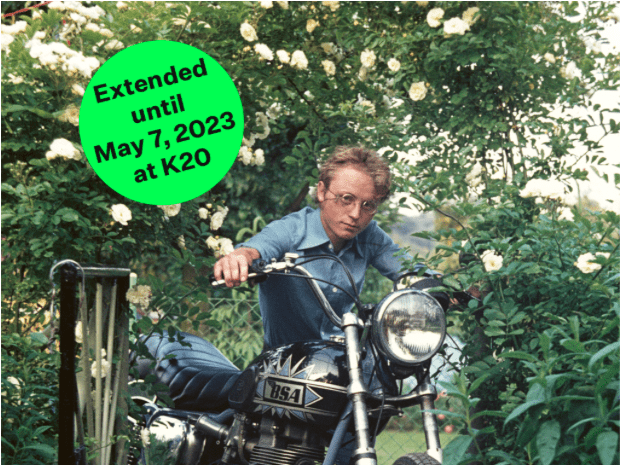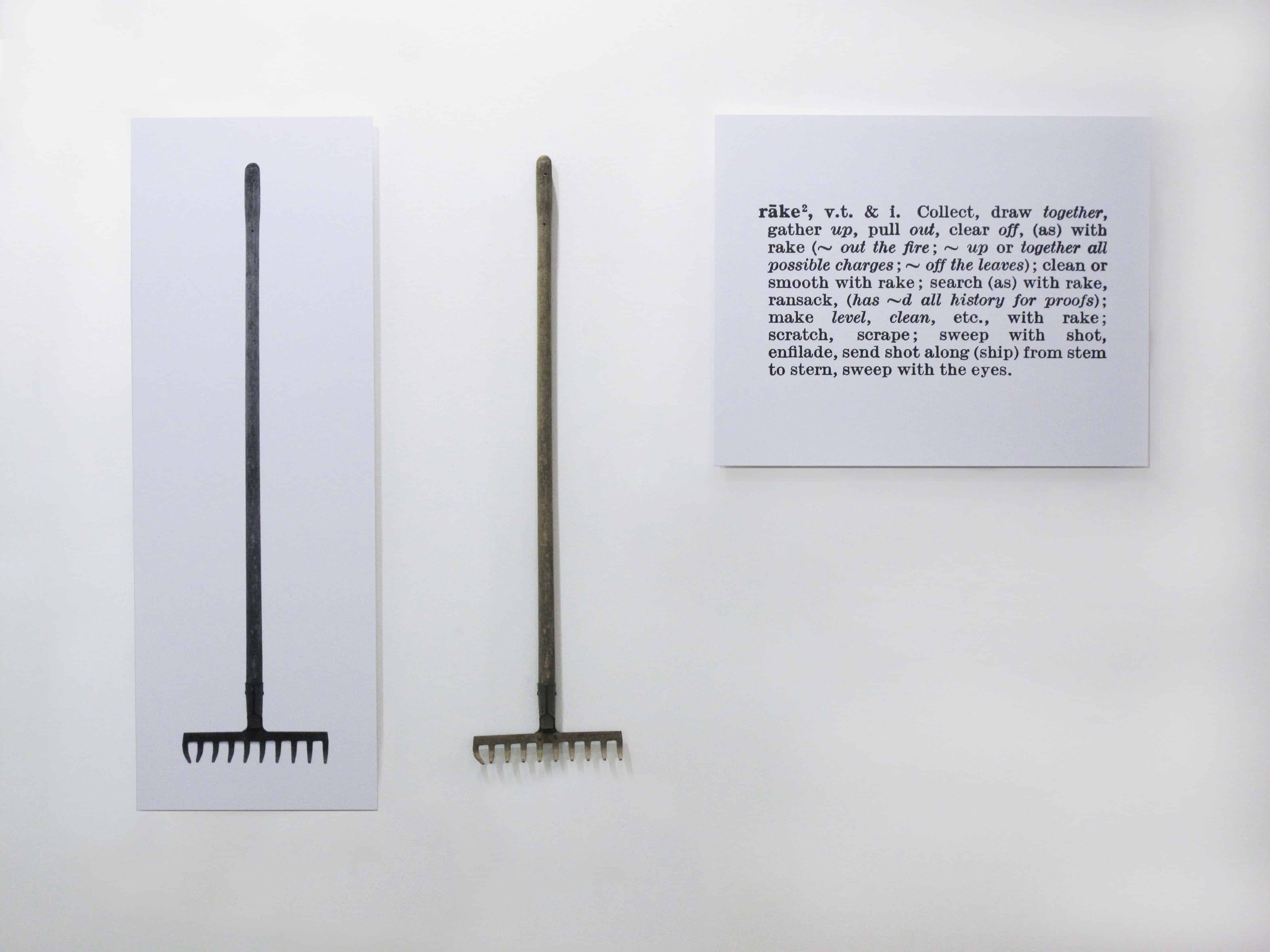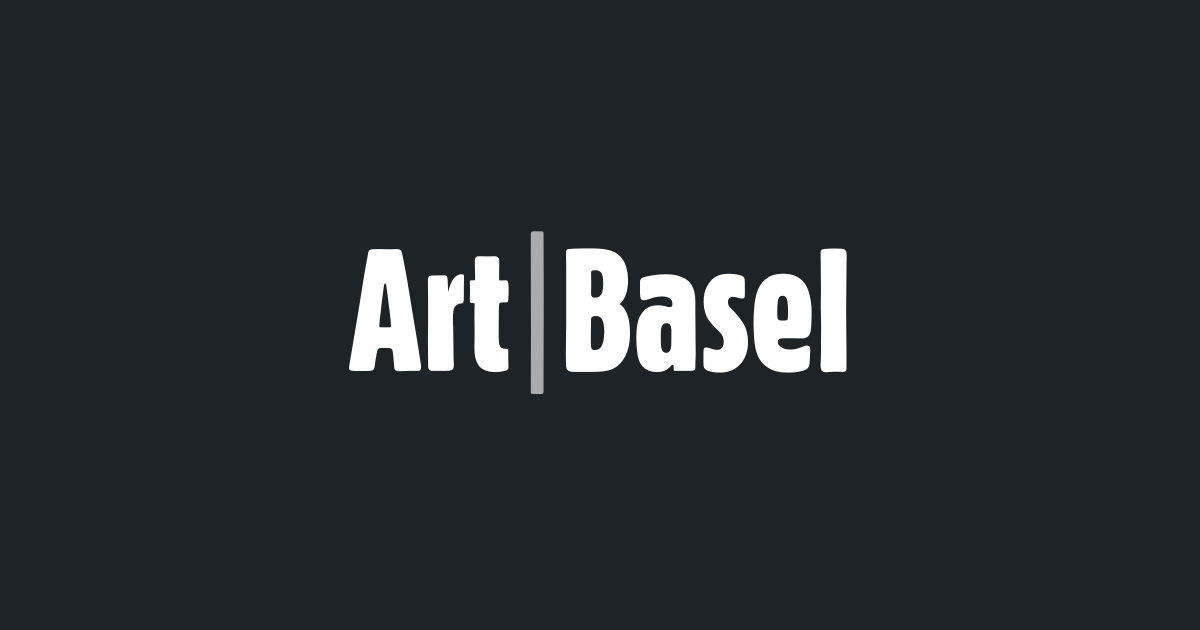Reinhard Mucha’s (1950) complex practice uses the ground zero of sculpture after minimalism as a conceptual springboard for works that incorporate found objects, but also any kind of different industrial materials as well as photography and time-based media. The Düsseldorf-based artist strips found objects of their practical, ostensible purpose to expose sediments of time and lived history that have accumulated within them. His approach sheds critical light on the tacit norms and rules governing the institutional practices of contemporary art.
One early example of the artist’s singular practice is Der kluge Knecht (Ohne Titel – Staatliche Kunstakademie – Düsseldorf – 1981), 2002 (The Clever Servant), as part of Frankfurter Block, [2016], [2014] 2012, took form as a wall-mounted display case sculpture showing Mucha’s master class sculpture certificate from the Staatliche Kunstakademie Düsseldorf, notarized by the Düsseldorf Chamber of Craft and Trade, and excerpts from the Brothers Grimm fairy tale that gives the work its name. “The objectively cool geometry of this multilayered wall sculpture—it’s materiality calculated down to the smallest detail—elegantly embodies the institutional impact of both the academy and the Chamber of Craft and Trade and the omnipotence of a museum apparatus. Using the authority of the right angle, its physical presence latches onto and counteracts the subversive, downright anarchic subtext of the Grimms’ tale: rather than fulfill his master’s order to search for his ‘lost cow’ and bring it back to him, the clever servant chooses to find three blackbirds from the ‘vast field’ instead. Echoing the subversive outcome of this absurd parable, the work also refuses to search for the cow. But instead of finding blackbirds, I as an artist build a Trojan Horse and with this ruse (a work that not only oversteps art-specific aesthetic boundaries, but co-opts and presents them on its own terms) I reach the center of museum institutions’ authoritative sphere—with an uncertain outcome.” (Mucha) Variations on this complex theme pervade all of Mucha’s sculptures, including his key works Das Deutschlandgerät,[2002] 1990 (The Germany Device)
and Frankfurter Block. Both of these expansive installations divulge another essential and particularly influential facet of the artist’s practice: his productive self- quotation through the re-use and revisiting of older works and their exhibition contexts. All of the objects and materials Mucha uses inscribe themselves in a web of meaning that includes not only other objects but also presentations of other works by the artist.
The work Untitled (Head in Sand – Kunsthalle Bielefeld – Created for the exhibition: “Ars Viva – Sculpture and Installations by prizewinners selected by the Cultural Committee of German Business within the Federation of German Industries BDI e.V.“ – 1981), [2012] 1982, for instance—part of Frankfurter Block— documents Mucha’s attempt to undermine the creation of a consumer profile on his person and subtly reflects an early German debate on the protection of personal data. The work has changed considerably over time, not least because each new presentation incorporates architectural and other elements from previous exhibitions.
